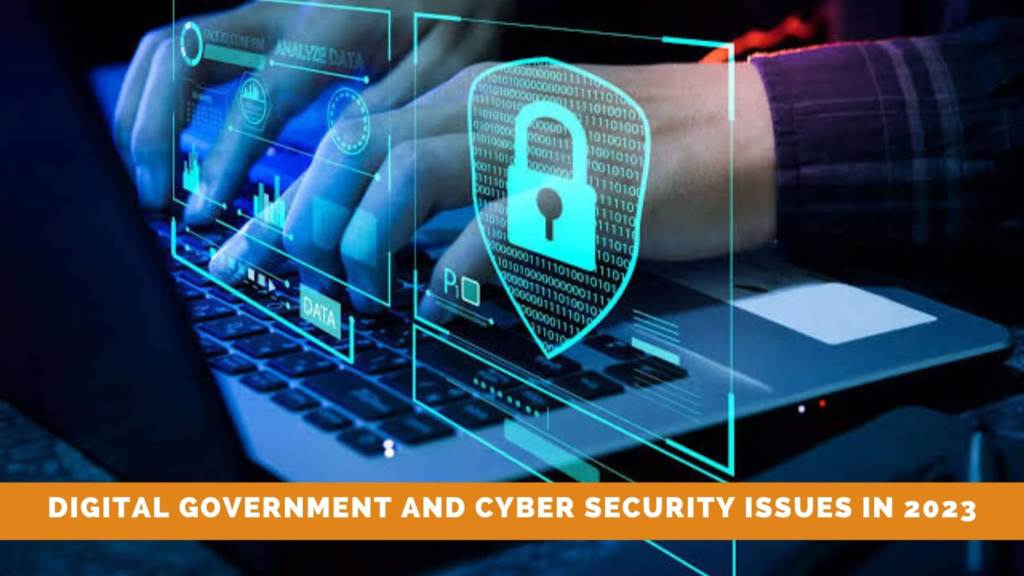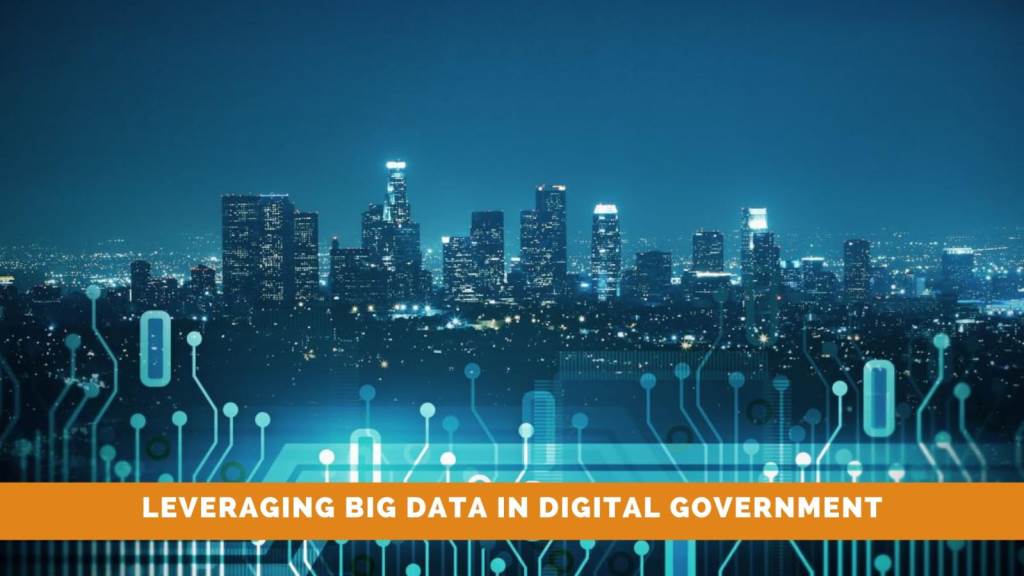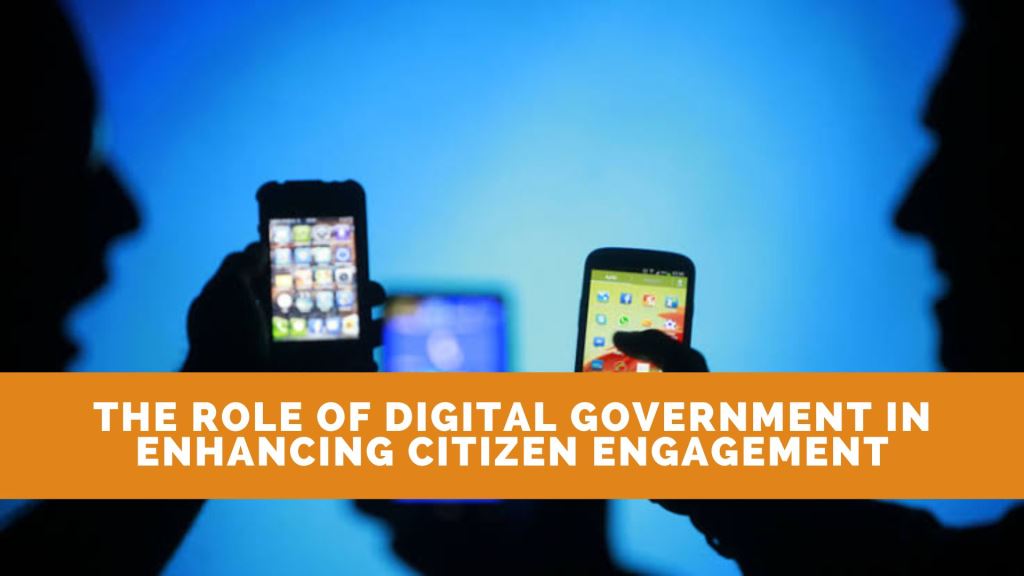Closing the digital divide: strategies for government action
Published on July 06, 2023
In our rapidly evolving digital world, countries around the globe are making significant strides toward adopting digital systems.
With the principles of “digital by default” and even “mobile by default” taking root, the delivery of public services is becoming increasingly reliant on new technologies.
The implementation of these advancements not only enhances efficiency but also facilitates access to justice for individuals navigating legal processes.
However, as we navigate this digital transformation, it is crucial to consider the needs and concerns of citizens who either cannot or choose not to engage in online platforms.
While the digital channel becomes the new norm, it poses significant challenges for those facing barriers to access justice through this medium.
These barriers manifest in various forms, ranging from the absence of fast and reliable internet connections to a lack of digital literacy, as well as accessibility limitations arising from individual circumstances.
Recognizing the importance of ensuring equitable access for all, it becomes essential to address these challenges head-on.
Causes and solutions to the digital divide
Achieving true equality in opportunities necessitates the establishment of digital equity, encompassing essential components such as reliable internet connectivity, access to digital technology, and the provision of digital skills education.
The continuous progress of 5G technologies is revolutionizing connectivity by offering faster and more dependable networks, which can be deployed with greater ease compared to traditional wired connections like cable modems.
As this connectivity becomes simpler and more affordable, the demand for diverse digital services — including e-health, energy infrastructure, agriculture, and traffic management, is set to rise.
While government and nonprofit organizations play a crucial role in bridging the digital divide, their initiatives often require substantial time for planning, funding, and implementation.
As these efforts take shape, the private sector can step up to make a meaningful impact in underserved communities and contribute to narrowing the digital gap.
Recognizing the value of widespread digital access and the positive effects it has on the economy, the private sector has emerged as a leading force in helping governments address the digital divide.
One notable example of collaborative efforts is the EDISON Alliance, spearheaded by the World Economic Forum.
This alliance seeks to cultivate partnerships between governments and industries, aiming to create a more equitable digital landscape.
Where should governments focus when closing the digital gap?
1. Infrastructure Development
Governments need to prioritize the expansion of reliable and fast internet connectivity to underserved areas. Investments in broadband infrastructure and network coverage can help bridge the gap, ensuring that citizens have the necessary means to access online services.
2. Digital Literacy Programs
Promoting digital literacy initiatives is crucial to equip individuals with the necessary skills and knowledge to navigate the digital realm.
Governments can collaborate with educational institutions, community organizations, and private sector entities to provide training programs that empower citizens to confidently utilize digital platforms and services.
3. Inclusive Design and Accessibility
Governments should prioritize designing digital services with accessibility in mind.
This involves adopting universal design principles to ensure that online platforms and interfaces are usable by individuals with disabilities or other accessibility challenges.
Collaboration with accessibility experts and continuous user testing can contribute to creating inclusive digital solutions.
4. Hybrid Approaches
While digital transformation is important, it is essential to maintain alternative channels for accessing justice.
Governments should ensure that traditional avenues, such as physical offices or telephone hotlines, remain available for those who cannot or prefer not to engage online.
Hybrid approaches that combine digital and offline options can help accommodate diverse needs.
5. Supportive Policies and Regulations
Governments should enact policies and regulations that promote digital inclusion and protect the rights of individuals who face barriers in accessing justice digitally.
This may involve addressing issues such as privacy, data security, and equitable service provision to prevent further marginalization of vulnerable populations.
Bottom line
By working together, governments, nonprofit organizations and the private sector can pave the way for equal access to digital services and tools, unlocking a world of opportunities for individuals and communities.
The bridging of the digital divide not only promotes job creation and economic development but also leads to improved outcomes in areas like education, healthcare, and overall well-being.
Embracing digital equity as a shared goal will drive us towards a future where everyone can fully participate in and benefit from the digital age.
About the Author
Mohammad J Sear is focused on bringing purpose to digital in government.
He has obtained his leadership training from the Harvard Kennedy School of Government, USA and holds an MBA from the University of Leicester, UK.
After a successful 12+ years career in the UK government during the premiership of three Prime Ministers Margaret Thatcher, John Major and Tony Blair, Mohammad moved to the private sector and has now for 20+ years been advising government organizations in the UK, Middle East, Australasia and South Asia on strategic challenges and digital transformation.
He is currently working for Ernst & Young (EY) and leading the Digital Government practice efforts across the Middle East and North Africa (MENA), and is also a Digital Government and Innovation lecturer at the Paris School of International Affairs, Sciences Po, France.
As a thought-leader some of the articles he has authored include: “Digital is great but exclusion isn’t – make data work for driving better digital inclusion” published in Harvard Business Review, “Holistic Digital Government” published in the MIT Technology Review, “Want To Make Citizens Happy – Put Experience First” published in Forbes Middle East.
More from Mohammad J Sear





